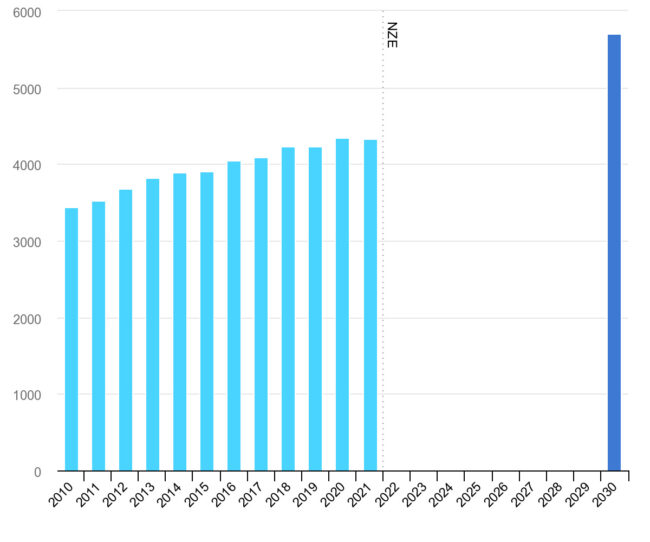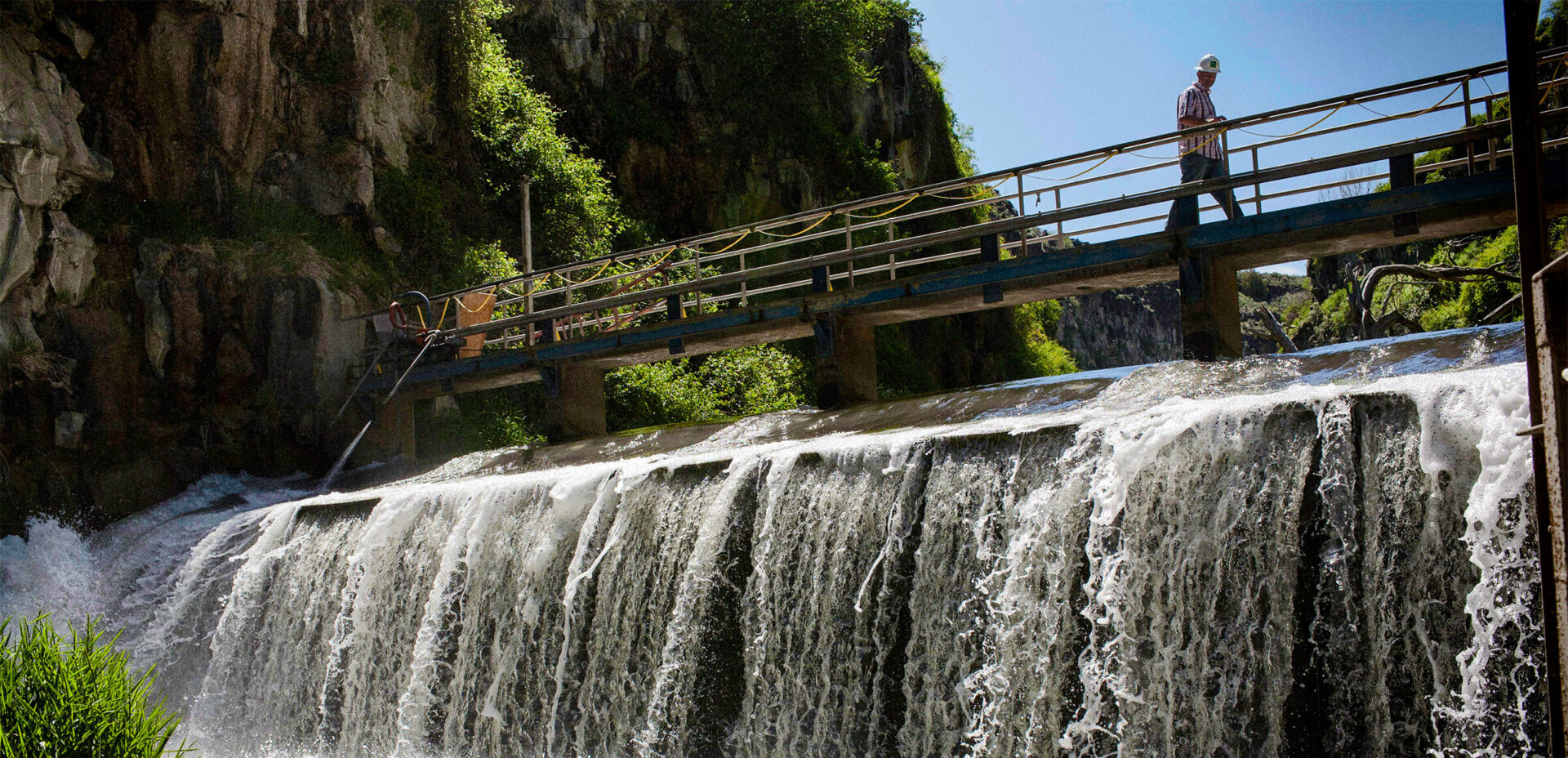The greatest source of renewable electricity generation in the world, hydropower, or hydroelectricity, is anticipated to continue playing a key role in decarbonizing the power system and enhancing the system’s flexibility.
The most popular renewable source of electricity is hydroelectric power. China is the nation that generates the most hydroelectric power. United States, Brazil, Canada, India, and Russia are some of the other top hydropower producers globally. Hydropower accounts for over 71 percent of all renewable electricity produced on Earth.
How much hydroelectric energy is used globally?
Despite a relatively significant capacity increase, droughts caused hydropower generation to decline in 2021 for the first time in twenty years.
To reach 4 327 TWh in 2021, the world’s hydropower output fell by 15 TWh (down 0.4%). Persistent droughts in nations with abundant hydropower sources are to blame for the decline in a generation. Additionally, capacity increases in 2021 totaled 35 GW, which is 50% more than the average five years prior. However, severe draughts continue until 2022, which could mean that the generation will continue to be below average.
Hydropower maintains an average yearly generating growth rate of about 3% in 2022–2030 to generate roughly 5 700 TWh of energy annually in the Net Zero Emissions by 2050 Scenario. The growth rate over the previous five years was just one-third of the needs, indicating the need for far stronger measures, particularly to streamline permitting and guarantee project sustainability.
Prediction is: Global hydropower development would decelerate this decade
Between 2021 and 2030, we expect the total hydroelectric capacity to rise by 17%, or 230 GW. However, expectations are net capacity additions throughout this time frame, to fall by 23% from the preceding ten years. The shrinkage results from delays in project development in China, Latin America, and Europe. These declines are partially countered, though, by rising growth in the Middle East, Africa, and Asia-Pacific.

For three different types of hydropower—reservoir, run-of-river, and pumped storage—the IEA is offering the first comprehensive predictions through 2030 in the history of the planet. In IEA prediction, reservoir hydropower plants make up half of the net hydropower additions until 2030. In IEA prediction, pumped storage hydropower projects account for 30% of net hydropower additions through 2030.
Due to a large number of small-scale projects under 10 MW, run-of-river hydropower continues to have the slowest growth.
What is the world’s biggest hydroelectric power plant?
In terms of producing energy, the Three Gorges Dam in China, which controls the Yangtze River, is the biggest hydroelectric dam in the world. The dam’s generator capacity is 22,500 megawatts, and it is 2,335 meters long and 185 meters tall.
Today, a new hydro plant-producing unit was linked to the grid. And with this, the second-largest hydropower project in China on the Yangtze River’s upstream branch has reached its official conclusion. This is also the second-biggest dam in the world.
Hydroelectric energy plant types
There are three basic kinds of hydroelectric generating plants, with impoundment facilities being the most prevalent. In an impoundment facility, a dam controls the flow of water stocked in a pool or reservoir. When there is more energy need, the dam releases water. Following the release of the water, gravity takes control and the water flows. The rotating blades of the turbine power a generator.
A different kind of hydroelectric generating facility is a diversion facility. This type of plant is unique because it doesn’t use a dam. This type of plant is unique because it doesn’t use a dam. Instead, it uses a network of canals to direct the river’s current toward the turbines that drive the generators.
The term “pumped-storage facility” refers to the third category of plant. This plant collects and stores wind, solar, and nuclear energy for future use. Pumping water uphill from a pool at a lower level to a reservoir at a higher elevation is how the plant stores energy. When there is a strong demand for energy, there is discharging water from the higher pool. When the water returns to the lower reservoir, it powers a turbine to generate more electricity.

